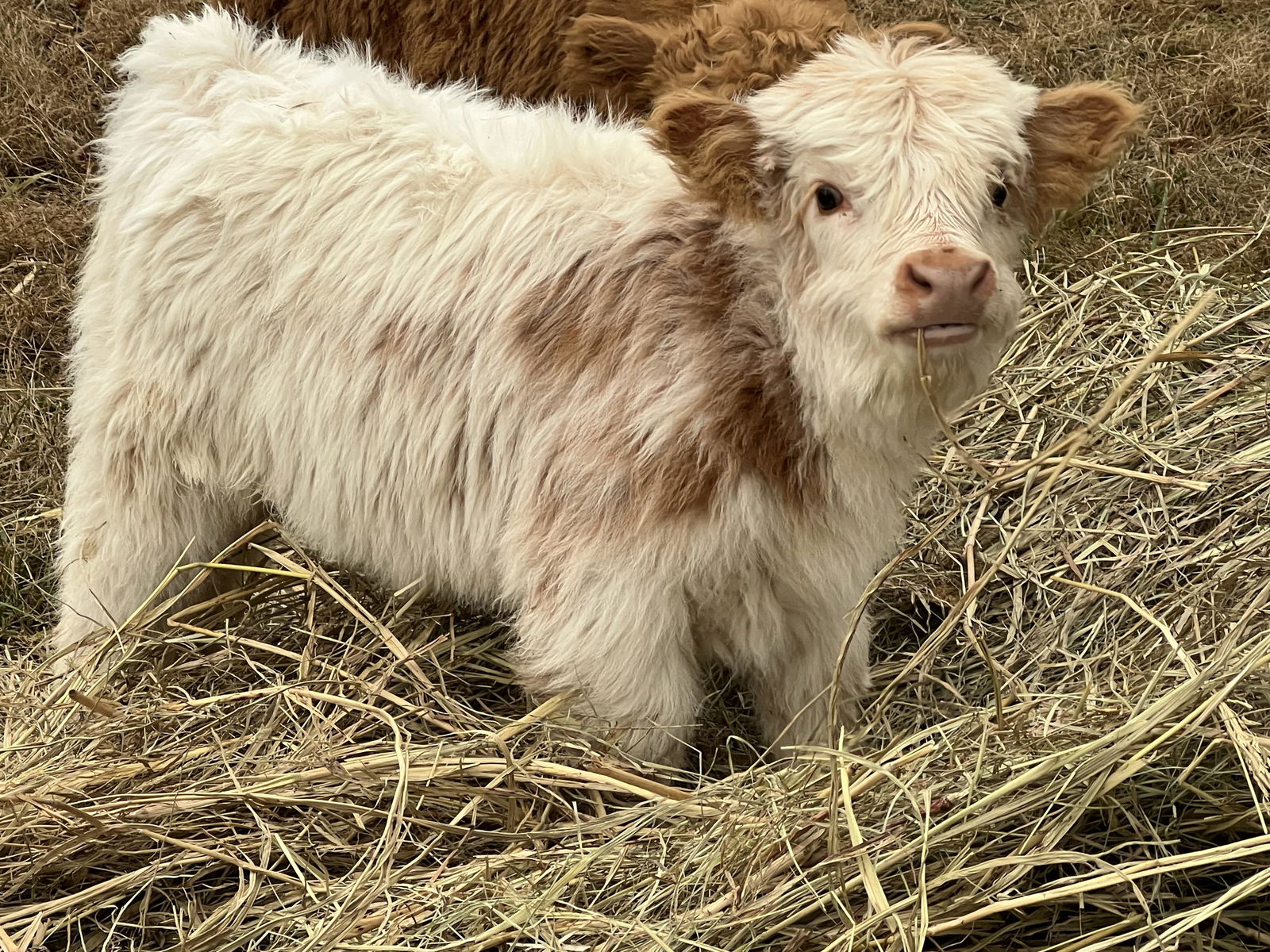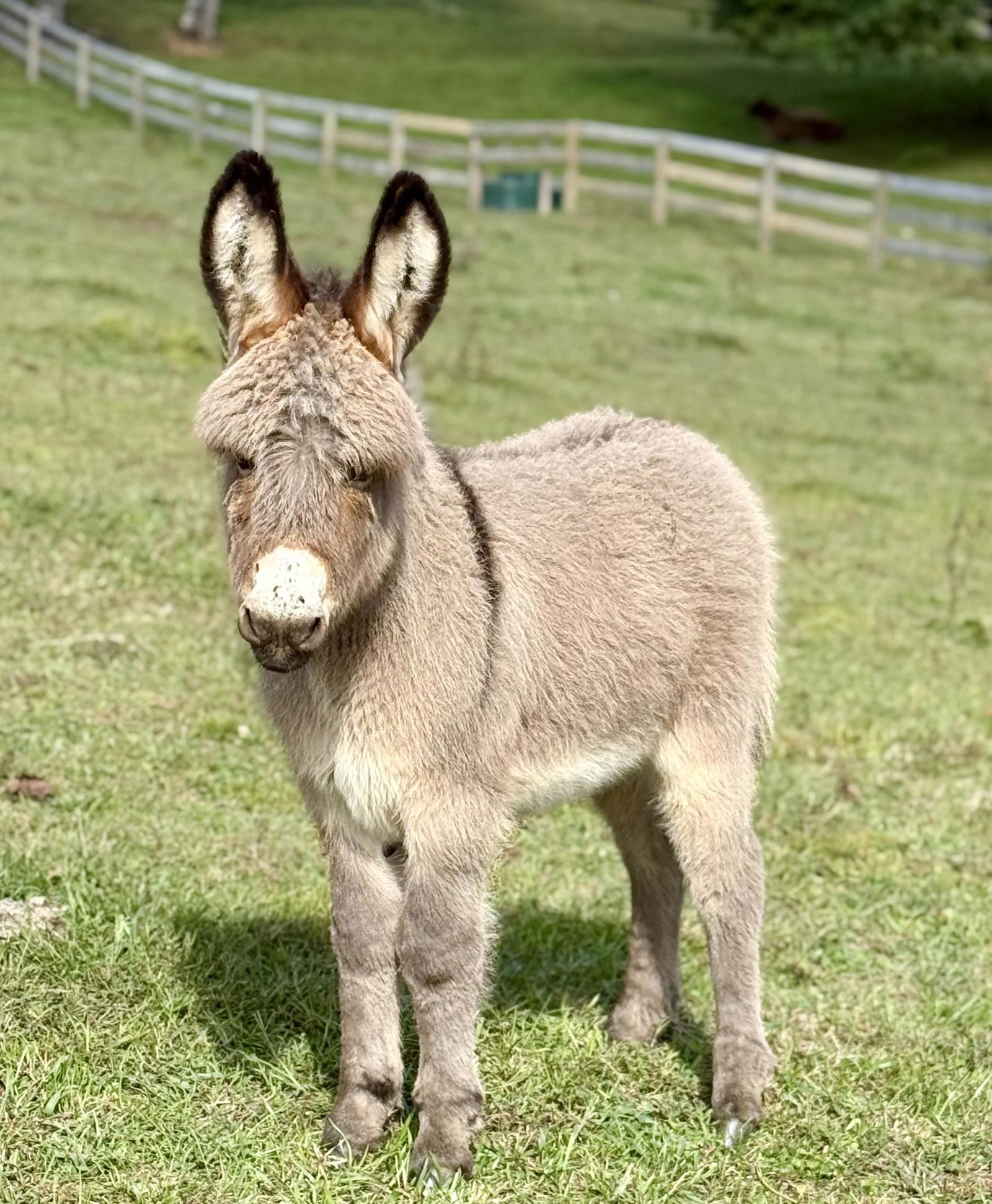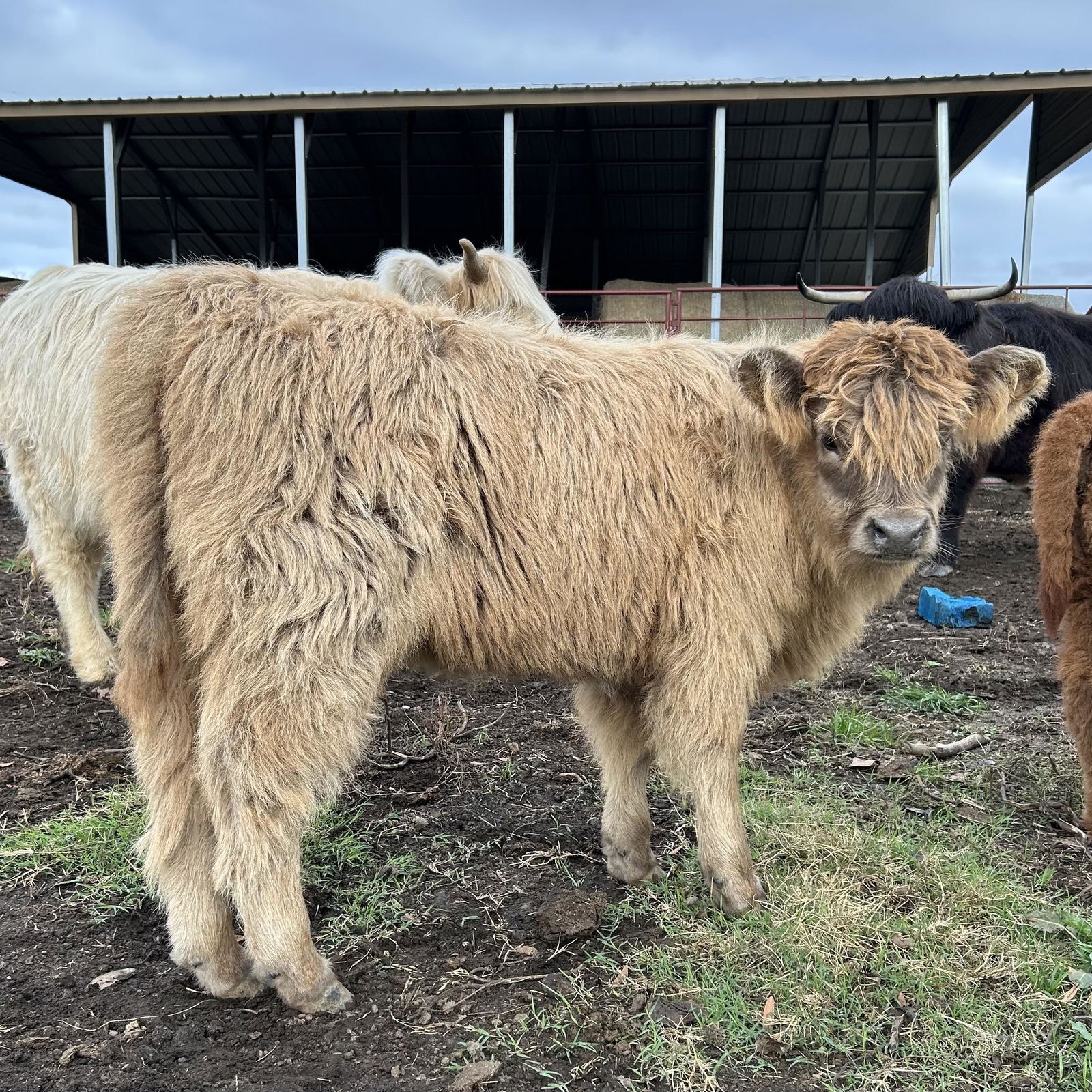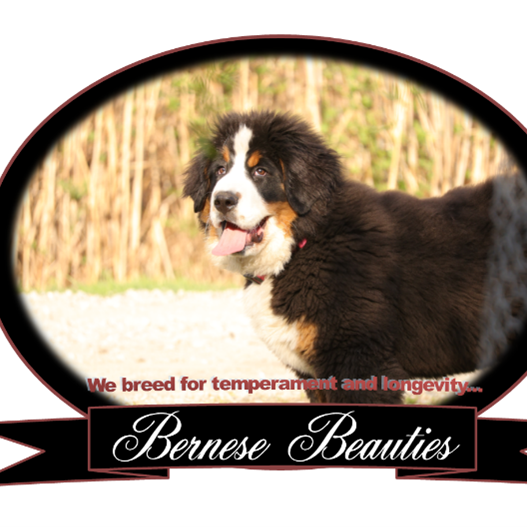How Much Space Does a Miniature Donkey Need? Housing & Pasture Requirements
Author: Elliott Garber, DVM
Miniature donkeys make delightful additions to small farms and properties. While these compact equines take up less space than standard donkeys, they still need adequate room to exercise, play, and express their vibrant personalities.
My veterinary experience with mini donkeys has shown that proper space is crucial for their wellbeing. Most owners end up with at least two of these charming animals – they’re social creatures who thrive with companionship.
What Is a Miniature Donkey
Miniature donkeys are a distinct breed originating from Sicily and Sardinia in the Mediterranean. These compact equines stand between 32-36 inches tall, weigh 200-350 pounds, and typically live 25-35 years. To be officially registered as miniatures, they must measure 36 inches or less at the withers (shoulder blade ridge).
These pint-sized companions bring unique characteristics to any farm:
- Naturally gentle temperament, making them excellent family pets
- Sharp intelligence with strong memory for training
- Deep social bonds with humans and other donkeys
- Surprising strength for their size, capable of pulling small carts
Space Requirements for a Miniature Donkey
Creating the right living space combines both indoor shelter and outdoor areas. Each environment serves specific purposes in keeping your mini donkey healthy and content.
Barn Space Recommendations
Each mini donkey needs 40-50 square feet of covered space, with pairs requiring about 100 square feet of bedded area. An ideal barn setup includes:
- A 10′ x 8′ stall size
- Dirt floors or rubber mats for secure footing
- Full weather protection
- Proper ventilation
- Modified stall fronts without grills
- Accessible doors with hinges or mesh
- Lower dividers for easy movement
Outdoor Pasture Needs
Outdoor space allows mini donkeys to exercise and graze naturally. Essential elements include:
- Quarter to half acre per donkey for basic turnout
- Extra space if using the area for primary grazing
- Sturdy fencing 4-5 feet high
- Safe construction without sharp edges
- Well-draining soil
- Diverse grass varieties
- Separate dry lots for controlled feeding
Essential Fencing Considerations
A well-designed fence keeps your miniature donkeys safe while preventing escape attempts. The right combination of height, materials, and safety features creates a secure environment for these clever animals.
Ideal Fencing Types and Height
Strong fencing is crucial for miniature donkey enclosures. Install fencing at least 4-5 feet tall with posts spaced every 8 feet for optimal stability. While woven wire mesh or no-climb horse fencing works best for perimeter security, low-voltage electric fencing can effectively divide interior paddocks.
Gates should be at least 4 feet wide to allow easy access for both animals and equipment. Position them away from corners to prevent crowding and potential safety issues.
Safety Measures
Safety features prevent injuries and escape attempts. Round off all corners and edges, and remove any protruding hardware. For electric fencing, maintain voltage between 2,000-4,000 volts and install proper lightning protection. Post warning signs at regular intervals.
Maintain a 12-inch ground clearance to prevent legs from getting caught underneath. Install double latches on gates – mini donkeys are surprisingly clever at figuring out simple closures. Daily fence checks help identify potential issues like holes, gaps, or loose sections before they become problems.
Shelter and Housing Requirements
Proper shelter protects your miniature donkeys from harsh weather while providing comfortable space for rest and movement. A well-designed structure balances protection with adequate ventilation.
Protection From Weather
A three-sided shelter with an open front offers ideal weather protection. Each donkey needs about 50 square feet of covered area, with proper insulation for temperature control. Skip wooden flooring – natural ground helps retain heat during cold weather.
Barn Setup Essentials
For a pair of miniature donkeys, plan for 100 square feet of bedded area in your barn. The structure should have a minimum ceiling height of 7 feet to accommodate both animals and handlers comfortably.
Key barn features include:
- Natural ventilation through strategic openings
- Solid walls to block drafts
- Non-slip flooring
- Wide doorways (minimum 4 feet)
- Proper drainage systems
- Dedicated storage for feed and equipment
Position feed and water stations away from sleeping areas to maintain cleanliness. This setup allows for easy maintenance while keeping essential supplies dry and accessible.
Companion Housing Needs
Miniature donkeys are highly social animals that thrive on companionship. Their housing needs reflect this social nature, requiring space for both comfortable coexistence and interaction.
For a bonded pair, plan for:
- 80-100 square feet of indoor space
- Feeding stations placed 6-8 feet apart
- Multiple water sources throughout the shelter
- Doorways at least 4 feet wide for comfortable passage
Indoor shelter requirements for pairs include 100 square feet with dual feeding areas and water sources. Outdoor space should provide at least 1 acre of pasture with multiple access points to shelter and varied grazing spots. A dedicated exercise area of 0.5 acres allows for separate rolling areas and shared dust baths.
Creating distinct spaces within their environment helps maintain harmony between pairs. Multiple zones for different activities prevent competition and support natural behaviors.
Creating an Exercise Area
Miniature donkeys need adequate space for exercise and play, despite their small size. A well-designed exercise area supports their physical health and natural behaviors.
Indoor Exercise Space
When weather prevents outdoor activity, indoor exercise areas become essential:
- 40 square feet per donkey for basic movement
- 80 square feet for active exercise
- 100 square feet of covered area for pairs
- Non-slip flooring for safety during play
Outdoor Exercise Requirements
Outdoor spaces allow mini donkeys to express their full range of natural behaviors. Minimum pasture requirements start at 0.5 acres per donkey, with 1 acre being ideal. Exercise paddocks should provide 400-600 square feet per animal.
Activity Zones
Strategic zone planning encourages natural behaviors and exercise:
- Dedicated running and play areas
- Dust-bathing spots with loose, dry soil
- Multiple walking and exploration paths
- Elevated areas for environmental enrichment
- Scratching posts at various heights
Conclusion
Proper space planning for miniature donkeys combines both physical requirements and social needs. A well-designed environment provides room for exercise, play, and companionship. When given appropriate space and company, mini donkeys develop into content, well-adjusted animals that form strong bonds with both their companions and caretakers.
Focus on creating varied spaces that allow for natural behaviors and social interaction. The investment in thoughtful space planning pays off in healthier, happier animals that bring joy to their caretakers for years to come.

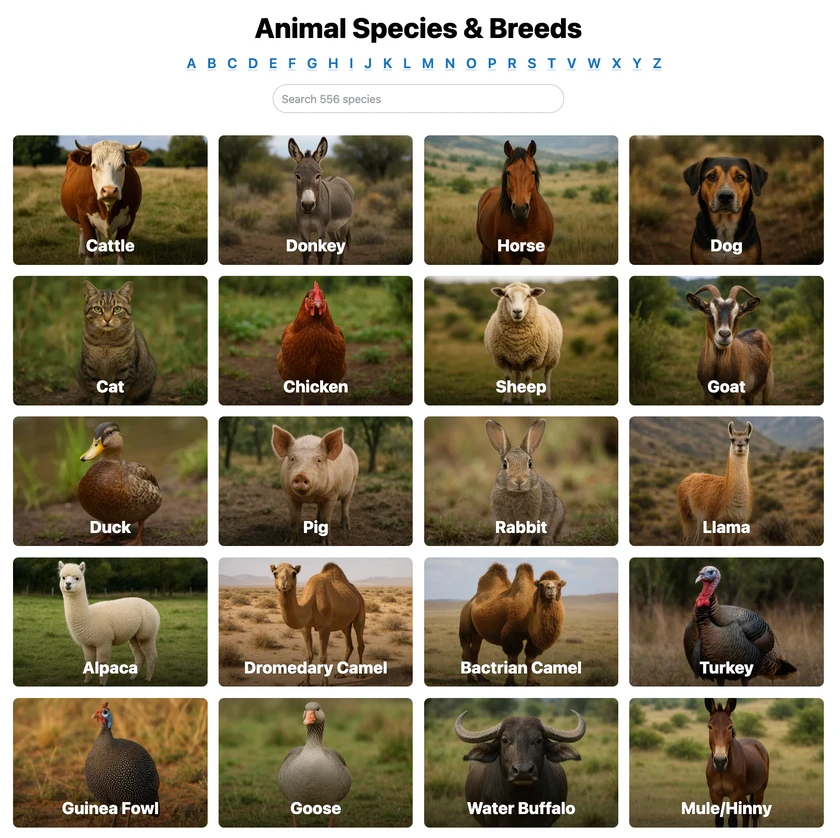 All Species & Breeds
All Species & Breeds
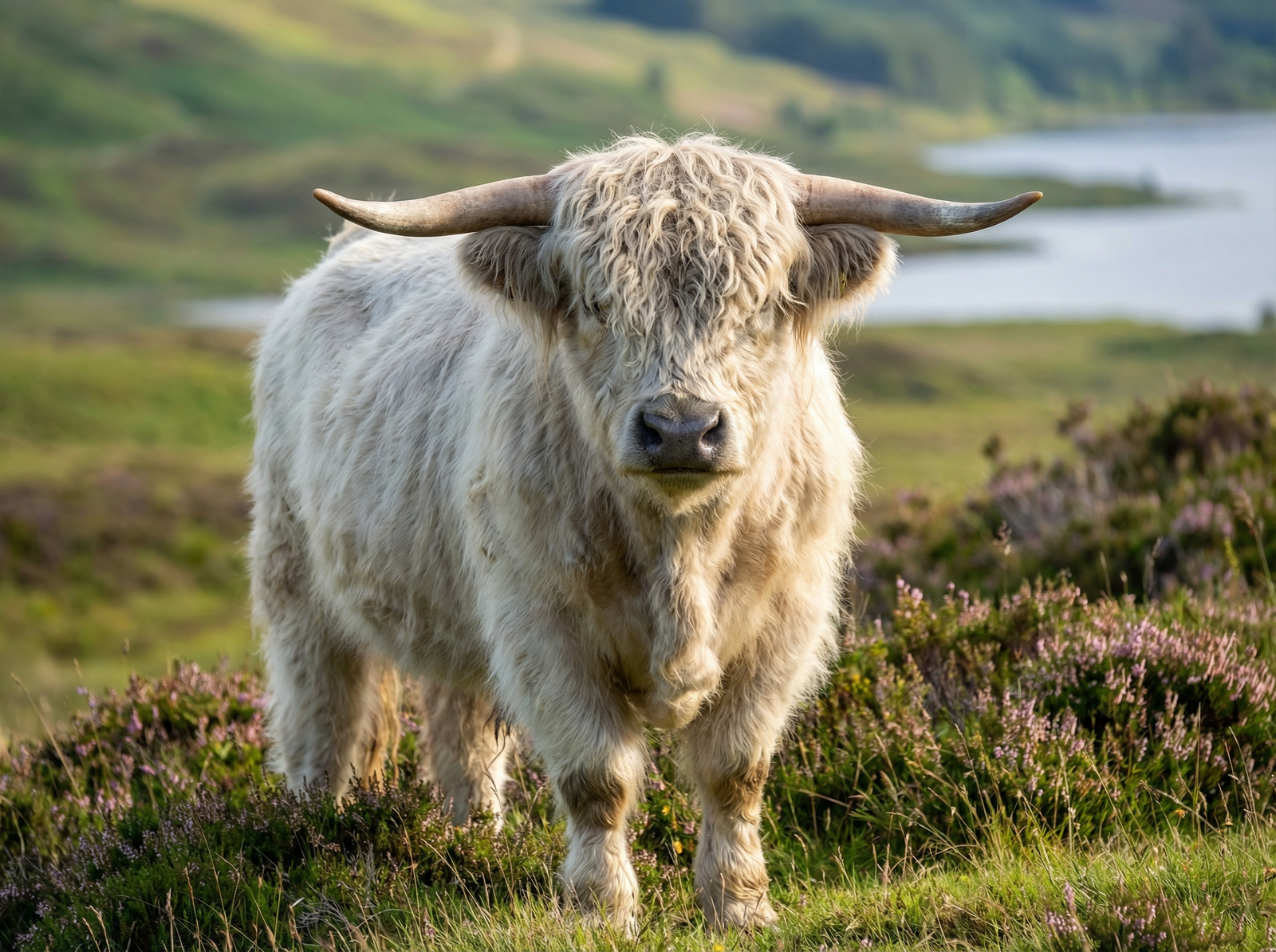 Highland Cattle
Highland Cattle
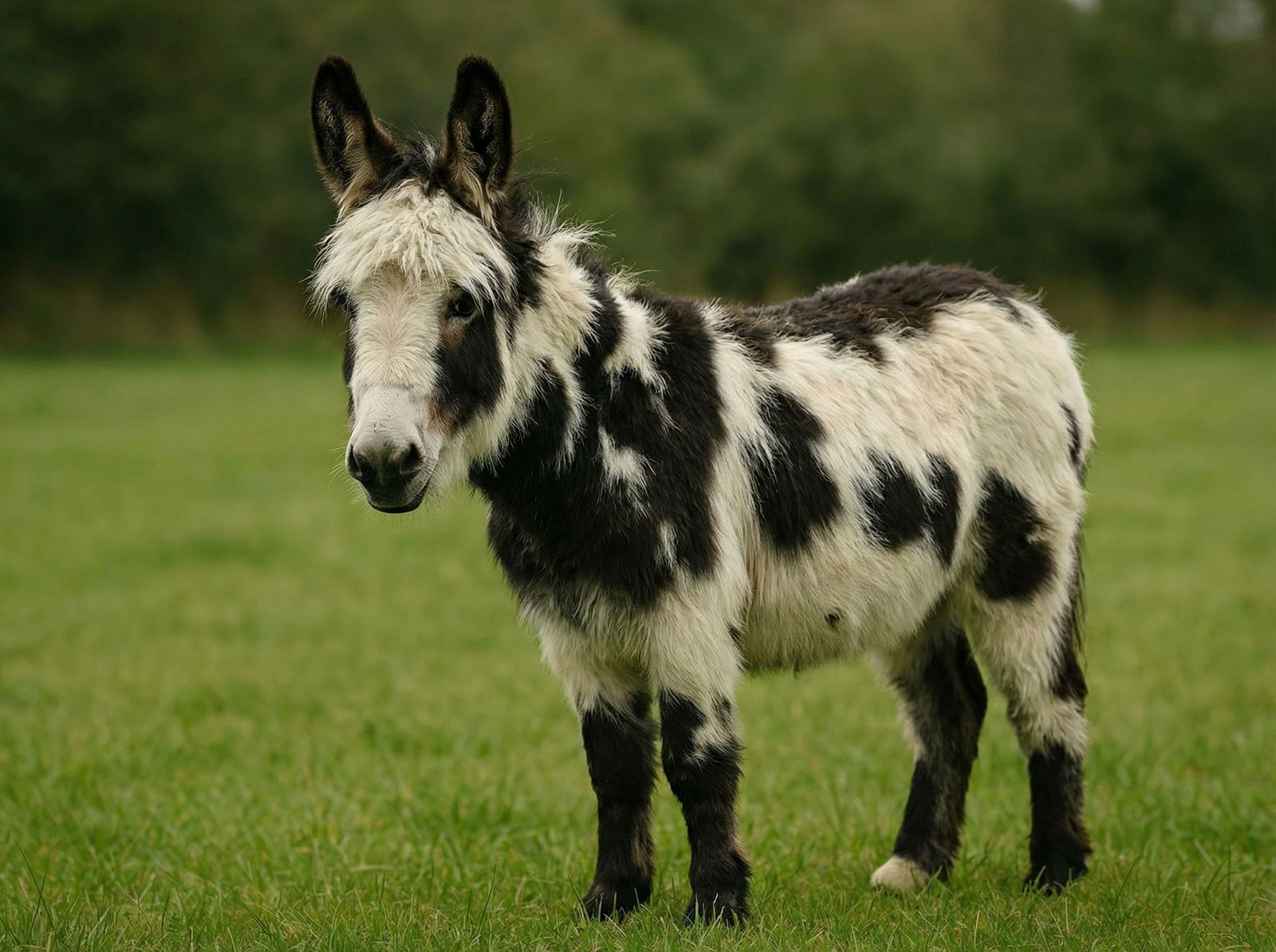 Miniature Donkeys
Miniature Donkeys
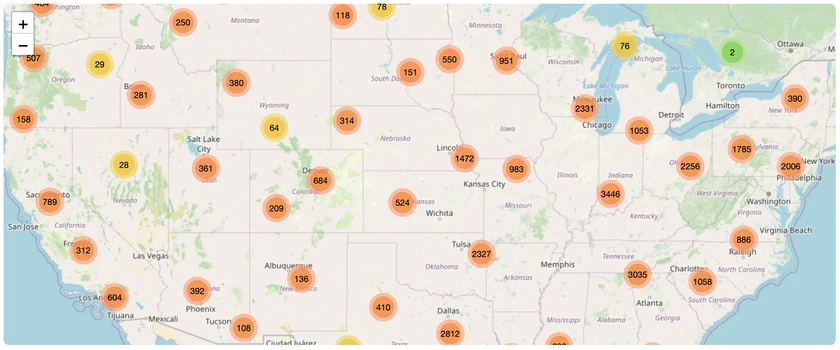 All Species Directory
All Species Directory
 Highland Cattle in Virginia
Highland Cattle in Virginia
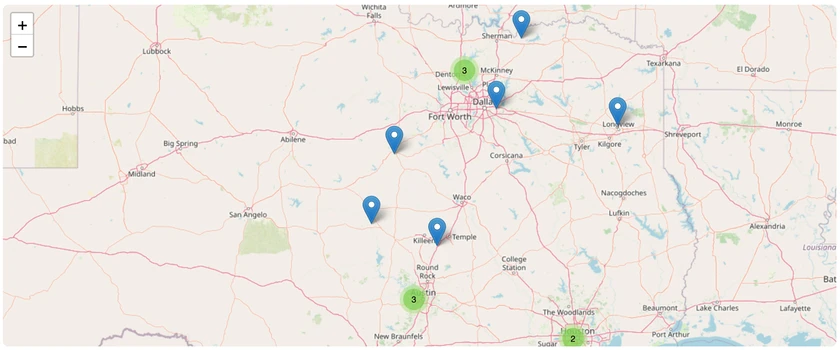 Miniature Donkeys in Texas
Miniature Donkeys in Texas









